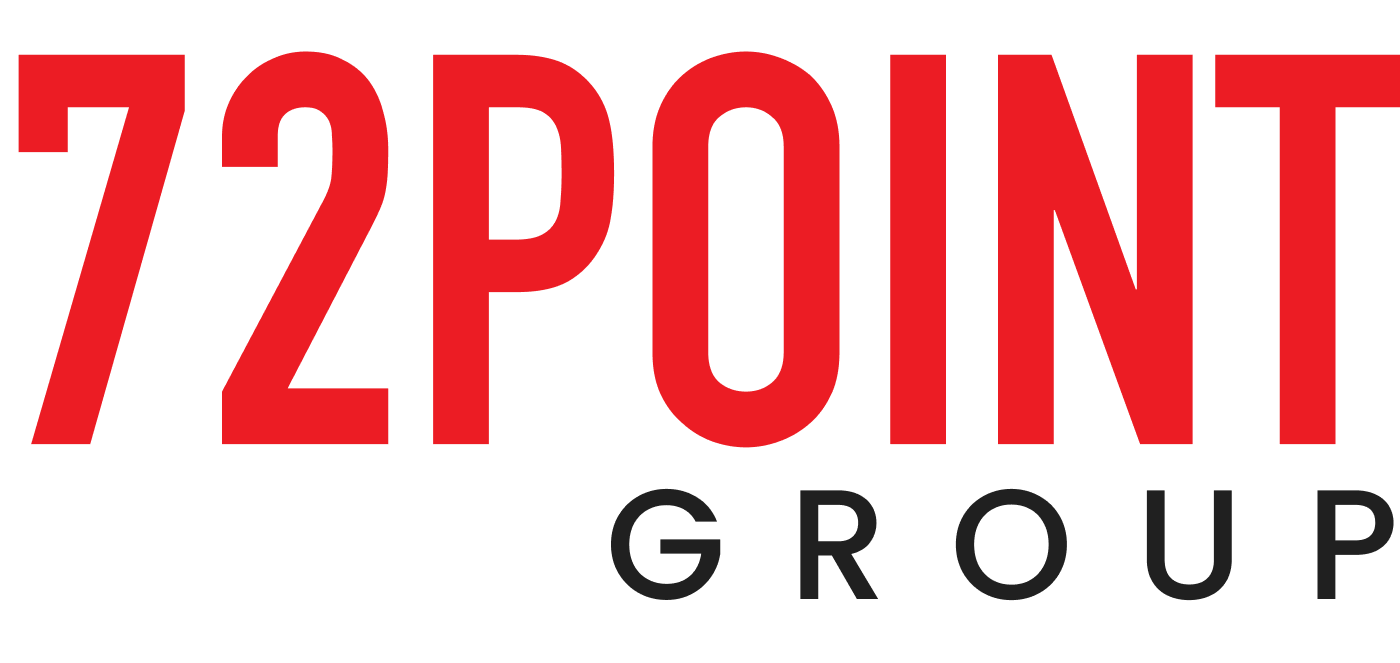By News Generation Directors Emma Elsworthy and Gemma Francis


In the daily battle for attention that PRs face, many crucial client stories or campaigns can end up never even being seen by the news editors so pivotal to their success. Over the past 15 months, we’ve seen the news agenda go from difficult to downright virtually impossible to contend with.
However, there are some really easy steps to follow to increase the chances of cutting through the noise and getting that all important features editor to take note of your campaign. So, in no particular order:
Smack them in the face with visual assets
Strong visual assets are essential these days and will go a long way to grabbing attention and carrying something into publication. So, if you have strong images / video then put them at the top of your email / message – do not bury them at the bottom and certainly not in an attachment.
All hacks are a sucker for a pun
This is a universal truth, even if they wouldn’t dare use a cheap pun in their lofty publication. It will grab their attention, might make them chuckle, and will give them an idea of how to frame / headline the piece. Remember that a good top line with clever wordplay is very often enough to carry a weak story over the line. Make sure your story is as visible as possible in the first two or three lines of copy and include something that will stand out in the subject line of your email.
Put a face to a story
A story that starts ‘Man/woman tells how …” will always beat a story that starts “Company tells how …” People just love reading about other people and can relate to it. So, if you can ‘humanise’ your story with an actual person or case study it stands a much better chance.
Drop the branding
We don’t mean altogether, but certainly don’t have branding, logos, and name checks in the first few pars of copy – as that’ll be a turn off straight away. Tell your story first, and then drop your branding in a little lower down – we usually say line five or six, as by that point, editors genuinely want to know where the good story came from.
Don’t underestimate the trivial
If something seemingly innocuous sparks a heated debate / banter in the office (or over group chat) then it is probably the starting point of a story. Sometimes a story is simply a talking point, nothing more. And if it can be tied to your brand, then all the better. The most basic example of this is – ‘Making a cup of tea – milk or teabag in first?’. Trivial, but always gets people talking.
Go direct if you can
Contrary to popular belief, many journalists are very polite and will respond to a direct approach; it makes them feel special and they are more likely to respond. Whereas if the journo can see they are one of 50 email addresses or a BCC, it’s easy to ignore. A personal email which says “Hi, I notice your website / agency / publication does lots of stories on X so I thought this one would work really well for you” is much more likely to get a response.
Use social media
Press releases aren’t the only way to reach publications – most journalists spend their entire working day on social media, and in particular Twitter … so reach them where they hang out. In addition, all journalists will follow others in their field on social media. If you can’t grab the attention of the Consumer Editor of the Sun, you can be guaranteed they will be following the Twitter accounts of all sorts of specialist reporters on smaller publications. So, target the smaller publications and wait for the bigger ones to pick up the story. Or start off in a local paper – it will eventually find its way up the journalistic food chain if it’s good enough.
Know your news
It pays to keep abreast of the current news agenda, read the papers, surf the sites, and understand what people are talking about right now. Not only does this help in brainstorms to ensure your ideas are topical and relevant, but it also helps to ensure you are a pitching a story in a timely fashion – and avoid trying to land a story about dream holidays on the day the government announces the traffic light list or restrictions.
We’ve faced one of the most challenging news agendas ever over the past year and it’s often left our industry with the question; do brands still have a story to tell when the nationals are covering such hard-hitting content? The answer is a resounding yes. There will always be room for light-hearted, engaging creative content that provides some tonic and lifts the public’s spirits. And we have the numbers to back it up. Throughout lockdown, we knuckled down and doubled the amount of coverage we secured for our clients. Over the past two months, we have broken our coverage records twice. We have an innate understanding of how the news desks operate and continue to deliver cut-through for our clients.
Get in touch for more information.
